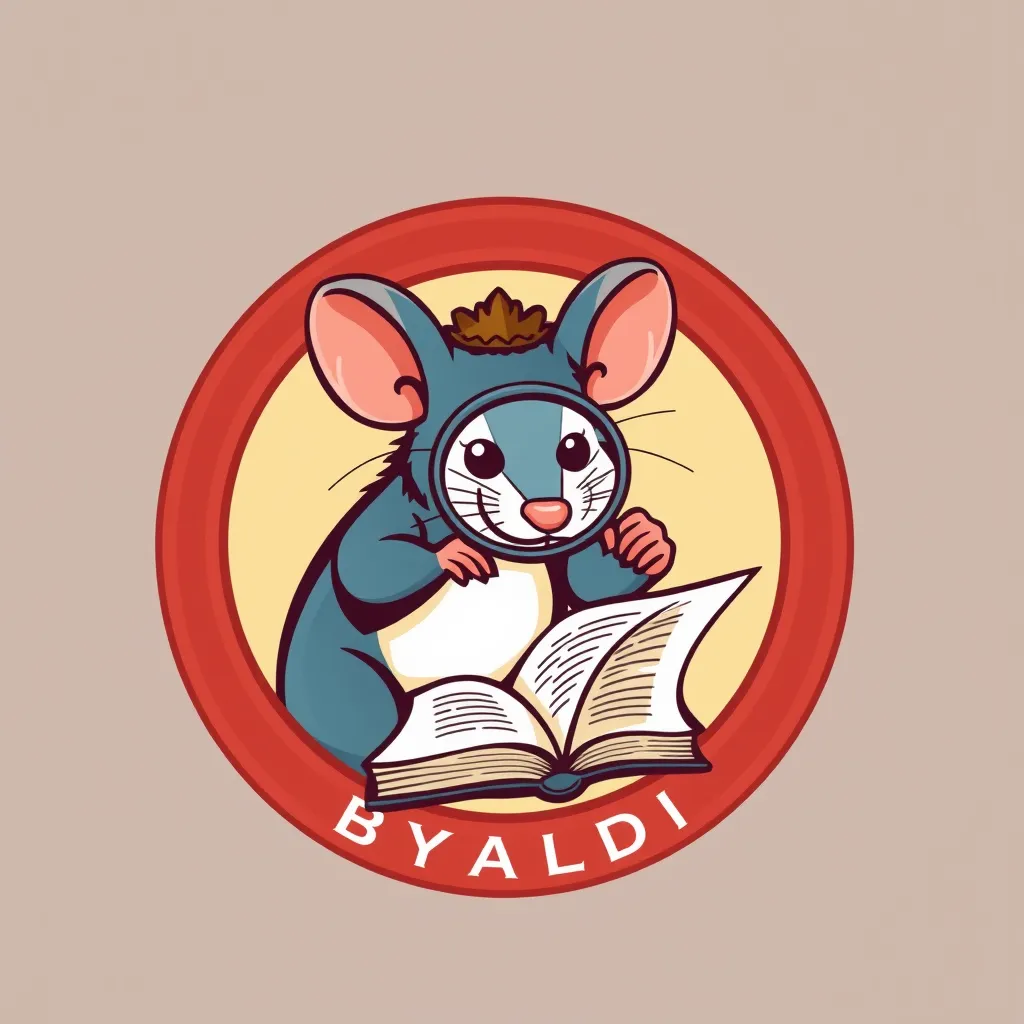Did you know? In the movie RAGatouille, the dish Remy makes is not actually a ratatouille, but a refined version of the dish called "Confit Byaldi".
Byaldi is RAGatouille's mini sister project. It is a simple wrapper around the ColPali repository to make it easy to use late-interaction multi-modal models such as ColPALI with a familiar API.
First, a warning: This is a pre-release library, using uncompressed indexes and lacking other kinds of refinements. The only supported model, currently, is the original PaliGemma-based ColPali checkpoints family, including vidore/colpali and the updated vidore/colpali-v1.2. Additional backends will be supported in future updates. Eventually, we'll add an HNSW indexing mechanism, pooling, and, who knows, maybe 2-bit quantization?
It will get updated as the multi-modal ecosystem develops further!
ColPali is currently the only model of its kind. As it is based on PaliGemma, you will need to accept Google's license agreement for PaliGemma on HuggingFace, and use your own HF token to download the model.
To convert pdf to images with a friendly license, we use the pdf2image library. This library requires poppler to be installed on your system. Poppler is very easy to install by following the instructions on their website. The tl;dr is:
MacOS with homebrew
brew install popplerDebian/Ubuntu
sudo apt-get install -y poppler-utilsGemma uses a recent version of flash attention. To make things run as smoothly as possible, we'd recommend that you install it after installing the library:
pip install --upgrade byaldi
pip install flash-attnColPali uses multi-billion parameter models to encode documents. We recommend using a GPU for smooth operations, though weak/older GPUs are perfectly fine! Encoding your collection would suffer from poor performance on CPU or MPS.
Byaldi is largely modeled after RAGatouille, meaning that everything is designed to take the fewest lines of code possible, so you can very quickly build on top of it rather than spending time figuring out how to create a retrieval pipeline.
Loading a model with byaldi is extremely straightforward:
from byaldi import RAGMultiModalModel
# Optionally, you can specify an `index_root`, which is where it'll save the index. It defaults to ".byaldi/".
RAG = RAGMultiModalModel.from_pretrained("vidore/colpali-v1.2")If you've already got an index, and wish to load it along with the model necessary to query it, you can do so just as easily:
from byaldi import RAGMultiModalModel
# Optionally, you can specify an `index_root`, which is where it'll look for the index. It defaults to ".byaldi/".
RAG = RAGMultiModalModel.from_index("your_index_name")Creating an index with byaldi is simple and flexible. You can index a single PDF file, a single image file, or a directory containing multiple of those. Here's how to create an index:
from byaldi import RAGMultiModalModel
# Optionally, you can specify an `index_root`, which is where it'll save the index. It defaults to ".byaldi/".
RAG = RAGMultiModalModel.from_pretrained("vidore/colpali-v1.2")
RAG.index(
input_path="docs/", # The path to your documents
index_name=index_name, # The name you want to give to your index. It'll be saved at `index_root/index_name/`.
store_collection_with_index=False, # Whether the index should store the base64 encoded documents.
doc_ids=[0, 1, 2], # Optionally, you can specify a list of document IDs. They must be integers and match the number of documents you're passing. Otherwise, doc_ids will be automatically created.
metadata=[{"author": "John Doe", "date": "2021-01-01"}], # Optionally, you can specify a list of metadata for each document. They must be a list of dictionaries, with the same length as the number of documents you're passing.
overwrite=True # Whether to overwrite an index if it already exists. If False, it'll return None and do nothing if `index_root/index_name` exists.
)And that's it! The model will start spinning and create your index, exporting all the necessary information to disk when it's done. You can then use the RAGMultiModalModel.from_index("your_index_name") method presented above to load it whenever needed (you don't need to do this right after creating it -- it's already loaded in memory and ready to go!).
The main decision you'll have to make here is whether you want to set store_collection_with_index to True or not. If set to true, it greatly simplifies your workflow: the base64-encoded version of relevant documents will be returned as part of the query results, so you can immediately pipe it to your LLM. However, it adds considerable memory and storage requirements to your index, so you might want to set it to False (the default setting) if you're short on those resources, and create the base64 encoded versions yourself whenever needed.
Once you've created or loaded an index, you can start searching for relevant documents. Again, it's a single, very straightforward command:
results = RAG.search(query, k=3)Results will be a list of Result objects, which you can also treat as normal dictionaries. Each result will be in this format:
[
{
"doc_id": 0,
"page_num": 10,
"score": 12.875,
"metadata": {},
"base64": None
},
...
]page_num are 1-indexed, while doc_ids are 0-indexed. This is to make simpler to operate with other PDF manipulation tools, where the 1st page is generally page 1. page_num for images and single-page PDFs will always be 1, it's only useful for longer PDFs.
If you've passed metadata or encoded with the flag to store the base64 versions, these fields will be populated. Results are sorted by score, so item 0 from the list will always be the most relevant document, etc...
Since indexes are in-memory, they're addition-friendly! If you need to ingest some new pdfs, just load your index with from_index, and then, call add_to_index, with similar parameters to the original index() method:
RAG.add_to_index("path_to_new_docs",
store_collection_with_index: bool = False,
...
)